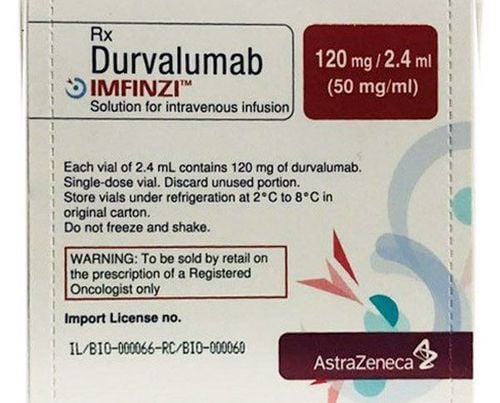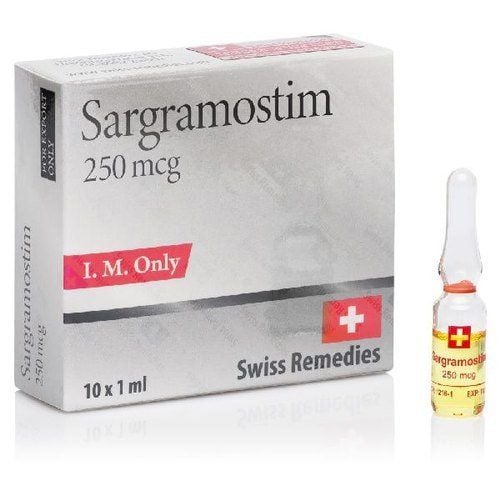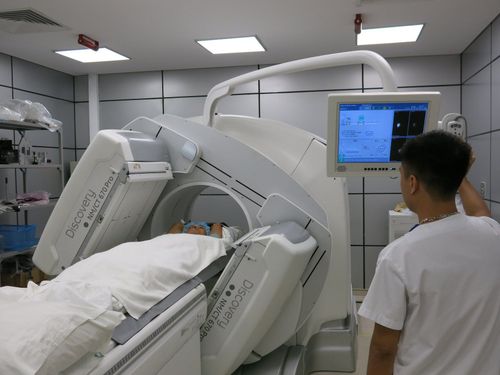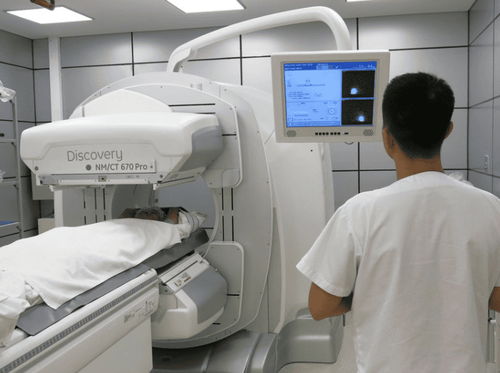This is an automatically translated article.
Bone cancer develops in the skeletal system and destroys tissue, it can spread to distant organs, such as the lungs. The exact cause of bone cancer is still being studied by scientists. However, the American Cancer Society states that there are a wide range of risk factors for bone cancer, including genetics. Therefore, identifying risk factors for disease will help the process of disease control better.
1. What is bone cancer?
Bone cancer most commonly affects the pelvis or long bones in the arms and legs. However, this disease is quite rare, accounting for less than 1% of all cancers. In fact, bone cancer is not as common as other cancers.
Bone cancer does not include cancers that start in other organs and spread to the bones. Instead, cancers will be named for where they started, such as breast cancer that has spread to the bones.
Some types of bone cancer occur mainly in children, while others affect mainly adults. The cause of bone cancer is still unclear. A small number of bone cancers are linked to genetic factors, while others are related to factors such as radiation exposure...
Bone cancer has 3 common types: Chondrosarcoma, Ewing's connective tissue cancer, skeletal dysplasia.
Surgical removal is a common treatment for bone cancer. In addition, other methods such as chemotherapy and radiation therapy are also used.
2. Risk factors for bone cancer
Risk factors for bone cancer can include:
2.1 Age The risk of developing osteoarthritis is highest for people between the ages of 10 and 30, especially during the developmental period. adolescent period. This suggests that there may be a link between rapid bone growth and the risk of tumor formation. In contrast, the risk may decrease in middle age, but increase again in the elderly (usually over 60 years of age). Malignant bone tumors in the elderly are often associated with other causes, such as a long bone disease.
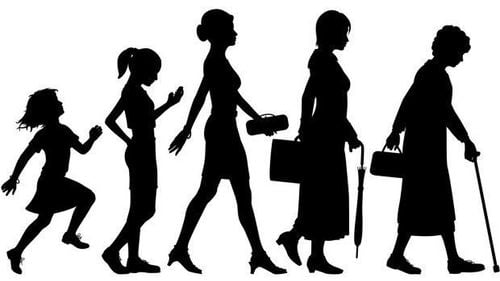
10 - 30 tuổi là độ tuổi dễ mắc các bệnh về xương khớp nhất
2.2 Height
Children with osteosarcoma are usually taller for their age. This also suggests that osteosarcoma may be associated with rapid bone growth.
2.3 Gender
Malignant bone tumors are more common in men than in women, because, in women, they tend to develop bones earlier. At the same time, it may be because they tend to grow earlier that the risk of bone cancer is higher.
2.4 Ethnicity
Malignant osteosarcoma is more common in African-Americans and Hispanics/Latins than in Caucasians.
2.5 Radioactive substances into bone
People who have received radiation therapy for another cancer may have an increased risk of developing bone cancer in the future in the area that has received radiation therapy. In this case, subjects who received low-level treatment with high doses of radiation had an increased risk of bone cancer.
To date it has not been established whether performing imaging tests that use radiation, such as X-rays, CT scans, and bone scans, increases the risk of developing osteoarthritis. , especially bone cancer. The amount of radiation used for these tests is many times lower than the amount of radiation used for radiation therapy. During the examination and diagnosis, doctors may try to limit the use of these types of tests, especially in children.
Exposure to radioactive substances such as radium and strontium can also cause bone cancer because these minerals accumulate in the bones. Non-ionizing radiation, such as microwave ovens, electromagnetic fields from telephone lines, cell phones and household appliances, does not increase the risk of bone cancer.
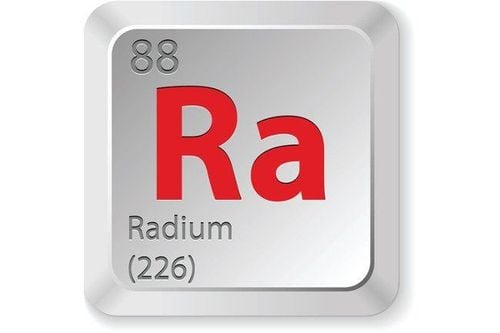
Tiếp xúc với chất phóng xạ radium sẽ làm tăng nguy cơ mắc ung thư xương
2.6. Marrow Transplant
Bone marrow malignancy has been reported in a few patients who have undergone bone marrow transplantation.
2.7. Certain bone diseases
Some people with noncancerous bone disease are at increased risk of developing bone malignancies. They are:
Paget's disease or deforming osteomyelitis: In this condition, abnormal bone tissue forms in one or more bones. It mainly affects people over the age of 50. The bone is severely affected and thickened but weaker than normal bone. Plus, these bones are more likely to break. Usually this condition is not life-threatening. However, osteosarcoma develops in about 1% of people with Paget's disease with people tending to have more bone affected. Inherited Multiple Osteoarthritis: The disease is an inherited condition that causes a lot of swelling on a person's bones. These bumps are made mainly of cartilage. They can be painful and deformed and/or fracture. This disorder is caused by a mutation in any of the three genes EXT1, EXT2, or EXT3. Osteoarthritis is a benign bone tumor formed by bone and cartilage. Every osteosarcoma has a risk of developing into a bone sarcoma.
Most bone diseases can be cured with surgery. However, some people are genetically predisposed to develop multiple musculoskeletal conditions that begin when they are young and may not be able to eliminate them all. The more bone disease there is, the greater the risk of developing osteosarcoma.
Hereditary cancer syndromes: People with certain rare, inherited cancer syndromes have an increased risk of developing osteosarcoma. Retinoblastoma is a rare eye cancer in children. Some children have an inherited form of retinoblastoma, in which all of the body's cells have a mutation in the RB1 gene. These children are also at increased risk of developing bone or soft tissue sarcomas, including bone. If radiation therapy is used to treat retinoblastoma, the risk of osteosarcoma in the bones around the eye is even higher.
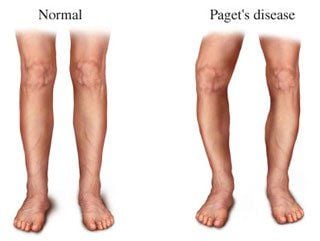
Người mắc hội chứng Paget có nguy cơ mắc ung thư xương
+ Li-Fraumeni syndrome makes people more likely to develop certain types of cancer, including breast cancer, brain tumors, bone tumors, and other types of sarcoma. This syndrome is usually caused by a mutation of the TP53 gene.
+ Children with Rothmund-Thomson syndrome are very short and tend to have skin and bone problems. They are also more likely to develop bones. This syndrome is usually caused by abnormal changes in the REQL4 gene. Other rare genetic conditions, including Bloom syndrome, Werner syndrome, and Diamond-Blackfan anemia, are also associated with an increased risk of osteoarthritis.
Early cancer screening is considered a perfect measure in the timely detection and treatment of all types of cancer. Reduce the cost of treatment and especially reduce the mortality rate in patients. Vinmec International General Hospital always deploys and introduces to customers a HIGH-TECH CANCER CHECKLIST PACKAGE to help with gene testing, imaging, and biomarkers for early tumor detection. Vinmec International General Hospital has many packages of early cancer screening.
Only one gene test can assess the risk of 16 common cancers in both men and women (lung cancer, colorectal cancer, breast cancer, pancreatic cancer, neck cancer) uterus, stomach cancer, prostate cancer,....) Early detection of early signs of cancer through imaging, endoscopy and ultrasound. The operation is simple, careful and accurate. A team of well-trained specialists, especially in oncology, are capable of handling cancer cases. With facilities, advanced and modern medical equipment and a team of doctors with deep expertise and experience. At Vinmec, the examination process becomes fast with accurate results, saving costs and time for patients.
To register for examination and treatment at Vinmec International General Hospital, you can contact Vinmec Health System nationwide, or register online HERE
Reference source: mayoclinic.org, cancer .net,cancer.org
MORE:
How to detect primary bone cancer? Caring for bone health in cancer patients How do you know if cancer has spread to the bones?




